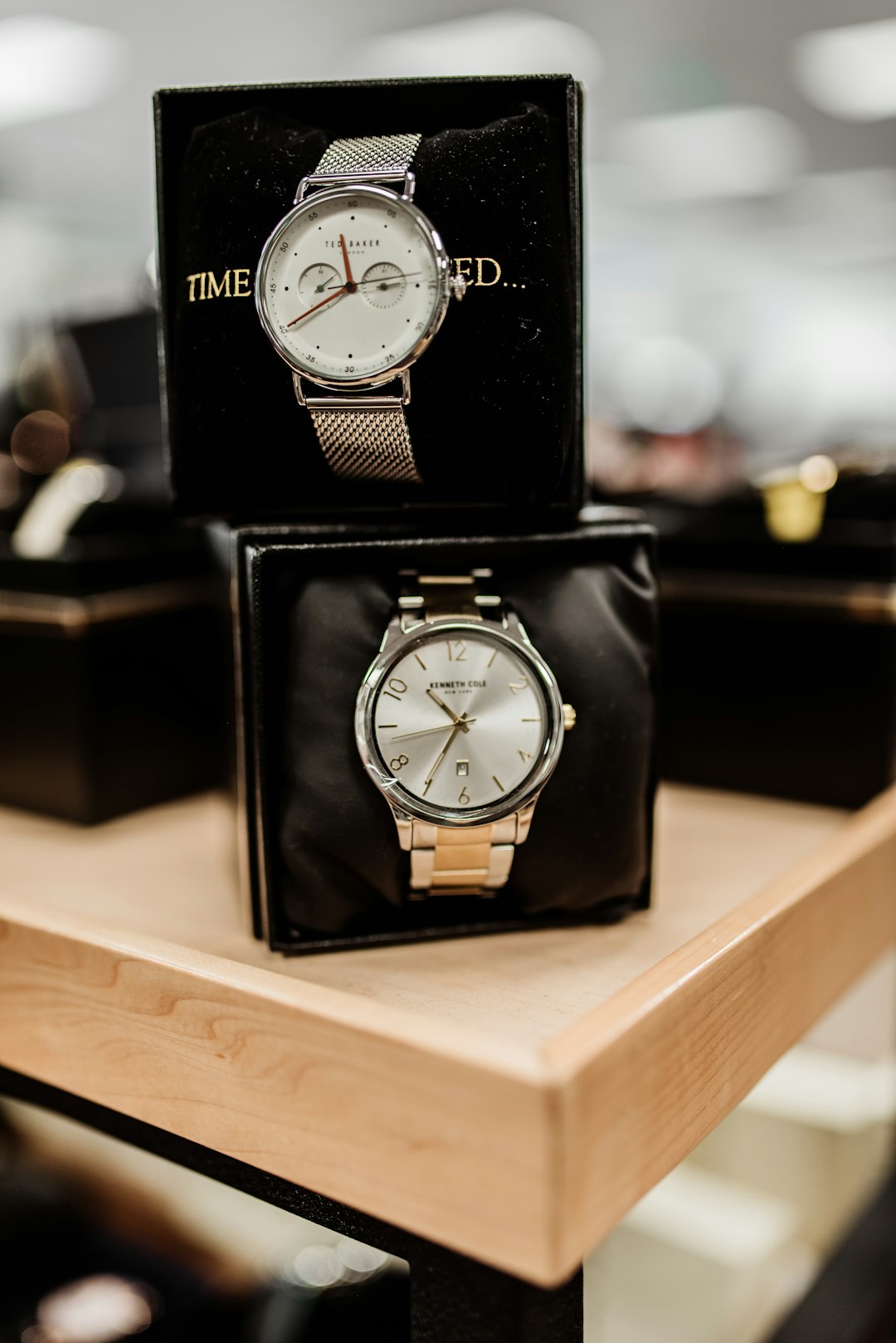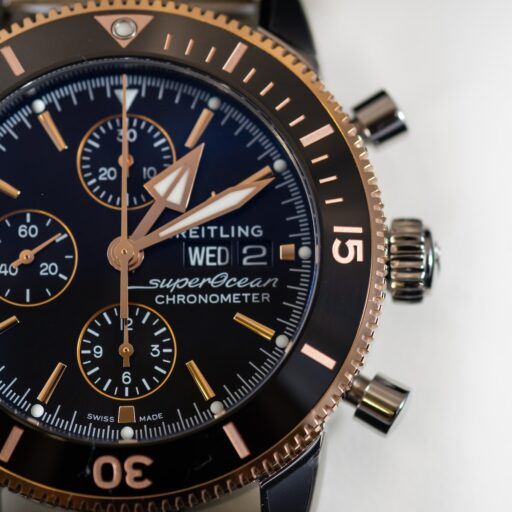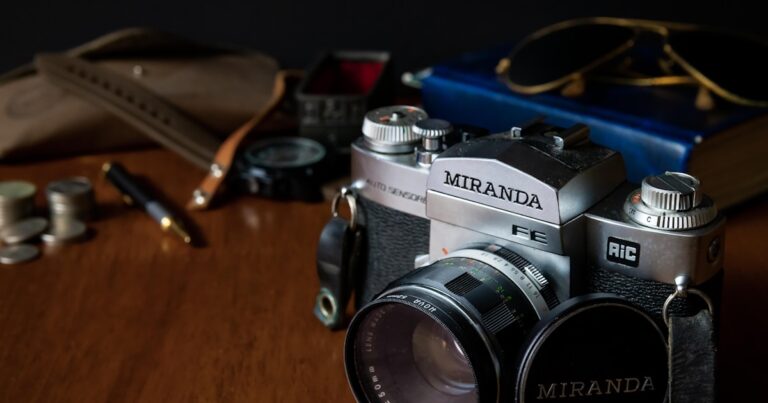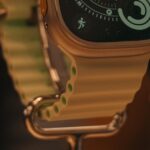Support our educational content for free when you purchase through links on our site. Learn more
The Evolution of Watches: A Comprehensive Journey Through Time [2024] 🕰️

Quick Answer: The evolution of watches has been a fascinating journey, from the invention of the first portable watches in the 15th century to the rise of smartwatches in the 21st century. Over the years, watches have transformed from simple timekeeping devices to stylish fashion accessories and high-tech gadgets. Let’s dive into the rich history and explore the various milestones that have shaped the watch industry.
Table of Contents:
- Quick Answer
- Quick Tips and Facts
- Background: The History of Watches
- The First Portable Watches: A Revolution in Timekeeping
- The Pocket Watch Gets Accurate: A Leap in Precision
- The Pocket Watch Becomes a True Gadget: Adding Features
- Pocket Watches Move to the Wrist: A Fashionable Transition
- Wristwatches Become Water and Dust Resistant: The Birth of Durability
- Electronic Watches Are Born: The Advent of Technology
- Quartz Watches Enable Cheap, Ultra-Accurate Timekeeping: A Revolution in Precision
- Computers and Clocks Combine: The Calculator Watch Is Born
- The Connected Watch Is Born, Later Dies: The SPOT Watch
- The Connected Watch Is Reborn: The Rise of Smartwatches
- FAQ
- Conclusion
- Recommended Links
- Reference Links
Quick Answer
The evolution of watches has been a captivating journey through time, from the invention of the first portable watches in the 15th century to the rise of smartwatches in the 21st century. Watches have transformed from simple timekeeping devices to stylish fashion accessories and high-tech gadgets. Join us as we explore the rich history and various milestones that have shaped the watch industry. So, fasten your seatbelts and let’s embark on this time-traveling adventure!
👉 CHECK PRICE on: Luxury Watches | Watch Brand Comparisons | Guide to Buying Watches | Men’s Watches | Affordable Watches
Quick Tips and Facts
Before we dive into the history of watches, here are some quick tips and interesting facts to pique your curiosity:
✅ The first portable watches were invented in the 15th century.
✅ The transition from pocket watches to wristwatches began in the early 20th century.
✅ Rolex introduced the first water-resistant watch, the Oyster, in 1926.
✅ The advent of electronic watches in the 1960s revolutionized timekeeping.
✅ Quartz watches, introduced in the 1970s, offered affordable and accurate timekeeping.
✅ Calculator watches, popular in the 1980s, combined timekeeping with basic computing functions.
✅ The rise of smartwatches in the 2010s brought a new era of connectivity and functionality.
Now that you have a taste of what’s to come, let’s delve into the fascinating history of watches!
Background: The History of Watches

Watches have come a long way since their humble beginnings. The concept of measuring time has always fascinated humans, and our quest for accurate timekeeping has driven the evolution of watches. From sundials to water clocks, various timekeeping devices paved the way for the invention of watches as we know them today.
The first mechanical clocks appeared in Europe in the 14th century, but they were large and impractical for personal use. It wasn’t until the 15th century that portable watches, also known as “clock-watches,” were invented. These early timepieces were worn as pendants or attached to clothing, allowing people to carry time with them wherever they went.
The First Portable Watches: A Revolution in Timekeeping
In the 15th century, the invention of the mainspring revolutionized the world of timekeeping. This coiled spring, when wound, provided the energy needed to power the watch. It was a significant improvement over earlier mechanisms that relied on weights or springs.
Early portable watches were quite different from the sleek and compact timepieces we are familiar with today. They were bulky and often adorned with intricate engravings. Accuracy was also a challenge, as these early watches lacked minute hands and relied on a single hour hand.
The Pocket Watch Gets Accurate: A Leap in Precision
As the 18th century dawned, watchmakers began to focus on improving the accuracy of pocket watches. The introduction of the balance wheel and escapement mechanism marked a significant leap forward in precision timekeeping.
The balance wheel, a weighted wheel that oscillates back and forth, provided a regulated and consistent motion. Combined with the escapement, which controlled the release of energy from the mainspring, pocket watches became more accurate and reliable.
The Pocket Watch Becomes a True Gadget: Adding Features
In the 18th century, pocket watches started to evolve beyond mere timekeeping devices. Watchmakers began adding various features to cater to the needs of their discerning customers. Calendars, stopwatches, and multiple time zones became common additions to pocket watches.
These additional features transformed pocket watches into true gadgets, offering practical functionalities beyond telling time. People could now keep track of dates, measure elapsed time, and stay in sync with different time zones, all within the confines of their pocket.
Pocket Watches Move to the Wrist: A Fashionable Transition
The early 20th century witnessed a significant shift in the way people wore watches. The transition from pocket watches to wristwatches began, driven by practicality and fashion trends. Soldiers in World War I found it more convenient to wear their watches on their wrists for easy access during combat.
Wristwatches quickly gained popularity among civilians as well, and watchmakers started designing timepieces specifically for the wrist. These early wristwatches were often considered feminine, but as the century progressed, they became a unisex fashion statement.
Wristwatches Become Water and Dust Resistant: The Birth of Durability
In 1926, Rolex introduced a groundbreaking innovation that would forever change the watch industry: the water-resistant Oyster watch. This timepiece featured a hermetically sealed case, protecting the delicate inner mechanisms from water and dust.
The Oyster watch was a game-changer, as it allowed people to wear their watches in various environments without fear of damage. It opened up new possibilities for outdoor activities and sports, making watches more versatile and durable.
Electronic Watches Are Born: The Advent of Technology
The 1960s marked a new era in watchmaking with the introduction of electronic watches. Hamilton, a pioneering watch brand, debuted the original Ventura, a watch that utilized electronic timekeeping technology. Instead of relying on mechanical gears and springs, electronic watches used a battery-powered quartz crystal to keep time.
Electronic watches offered several advantages over their mechanical counterparts. They were more accurate, required less maintenance, and could be produced at a lower cost. The advent of electronic watches paved the way for the quartz revolution that would follow in the next decade.
Quartz Watches Enable Cheap, Ultra-Accurate Timekeeping: A Revolution in Precision
In the 1970s, quartz watches took the watch industry by storm. These watches utilized the piezoelectric properties of quartz crystals to maintain precise timekeeping. The quartz crystal vibrated at a specific frequency when an electric current passed through it, providing a highly accurate time reference.
Quartz watches were not only more accurate than mechanical watches but also more affordable to produce. This revolutionized the watch industry, making watches accessible to a wider audience. Quartz watches became a fashion statement and a symbol of precision and reliability.
Computers and Clocks Combine: The Calculator Watch Is Born
The 1980s witnessed the convergence of computers and clocks, giving birth to the calculator watch. Companies like Seiko and Casio introduced watches that combined timekeeping with basic computing functions. These watches featured miniature keyboards and LCD screens, allowing users to perform simple calculations on their wrists.
Calculator watches became a popular accessory, especially among students and professionals who needed quick access to basic mathematical functions. They were a testament to the ever-expanding capabilities of wristwatches and their integration with technology.
The Connected Watch Is Born, Later Dies: The SPOT Watch
In the 1990s, the concept of a connected watch emerged with the introduction of the SPOT (Smart Personal Objects Technology) watch. These watches used radio signals to deliver news, weather updates, and sports scores directly to the wearer’s wrist.
While the idea was innovative, the SPOT watch faced several challenges, including limited coverage and high subscription costs. Ultimately, the SPOT watch failed to gain widespread popularity and was discontinued. However, it laid the groundwork for the future of connected watches.
The Connected Watch Is Reborn: The Rise of Smartwatches
The 2010s witnessed a resurgence of connected watches with the rise of smartwatches. These watches, equipped with WiFi and Bluetooth capabilities, offered a wide range of functionalities beyond timekeeping. Smartwatches could sync with smartphones, deliver notifications, track fitness activities, and even make phone calls.
Smartwatches rejuvenated the watch industry, appealing to a generation reliant on smartphones and craving constant connectivity. They became an extension of our digital lives, providing convenience and functionality right on our wrists.
FAQ

How has the watch changed over the years?
The watch has undergone a remarkable transformation over the years. From the invention of the first portable watches in the 15th century to the rise of smartwatches in the 21st century, watches have evolved from simple timekeeping devices to stylish fashion accessories and high-tech gadgets. They have become more accurate, durable, and versatile, adapting to the changing needs and preferences of watch enthusiasts.
When was the first watch invented?
The first portable watches, also known as “clock-watches,” were invented in the 15th century. These early timepieces were worn as pendants or attached to clothing, allowing people to carry time with them wherever they went. However, it’s important to note that the concept of measuring time predates the invention of watches, with various timekeeping devices like sundials and water clocks being used in earlier civilizations.
Read more about “Did they have watches in the 1700s? … ⌚”
What was the first-ever best watch?
Determining the “first-ever best watch” is subjective and depends on various factors such as design, functionality, and personal preferences. However, some iconic watches have stood the test of time and are widely regarded as exceptional timepieces. Examples include the Rolex Submariner, Omega Speedmaster, and Patek Philippe Nautilus. These watches have achieved legendary status due to their timeless designs, exceptional craftsmanship, and historical significance.
Read more about “Who was the first person to wear a watch? … ⌚”
What was the first watch in the world?
The first watch in the world is attributed to Peter Henlein, a German locksmith and watchmaker. In the 16th century, Henlein invented the “Nuremberg egg,” a small portable watch that could be worn on a chain or attached to clothing. While the exact details of Henlein’s invention are debated, he is often credited with creating the first watch that was small and portable enough to be worn on the body.
Read more about “Peter Henlein Watch Price … 💰”
Conclusion

The evolution of watches has been a remarkable journey through time, showcasing the ingenuity and creativity of watchmakers throughout history. From the invention of the first portable watches in the 15th century to the rise of smartwatches in the 21st century, watches have continuously adapted to the changing needs and preferences of watch enthusiasts.
Today, watches are not just timekeeping devices; they are fashion statements, status symbols, and high-tech gadgets. Whether you prefer the classic elegance of a mechanical watch or the cutting-edge features of a smartwatch, there is a timepiece out there that suits your style and needs.
So, as you embark on your own watch journey, remember the rich history and the incredible innovations that have shaped the watch industry. Whether you’re a collector, a fashion enthusiast, or a tech-savvy individual, there’s a watch out there waiting to adorn your wrist and accompany you on your own personal journey through time.
Recommended Links
👉 CHECK PRICE on: Luxury Watches | Watch Brand Comparisons | Guide to Buying Watches | Men’s Watches | Affordable Watches
If you’re interested in exploring more about watches, here are some recommended links to further enhance your knowledge:
- Luxury Watch Brands: Discover the world of luxury watches and explore the finest timepieces from renowned brands.
- Watch Brand Comparisons: Compare different watch brands and find the perfect timepiece that suits your style and budget.
- Guide to Buying Watches: Get expert tips and advice on buying watches, from understanding different watch movements to choosing the right strap material.
- Men’s Watches: Explore a wide range of men’s watches, from rugged sports watches to sophisticated dress watches.
- Affordable Watches: Discover affordable watches that offer great value for money without compromising on style or quality.
Reference Links
For more information on the evolution of watches, you can refer to the following reputable sources:
- The Evolution Of The Watch: A comprehensive article on the evolution of watches, covering various milestones and innovations.
- Did They Have Watches in the 1700s?: A related article that explores the history of watches in the 1700s and the advancements during that period.
Remember, the world of watches is vast and ever-evolving. Stay curious, keep exploring, and find the perfect timepiece that tells your unique story!







